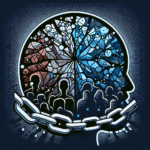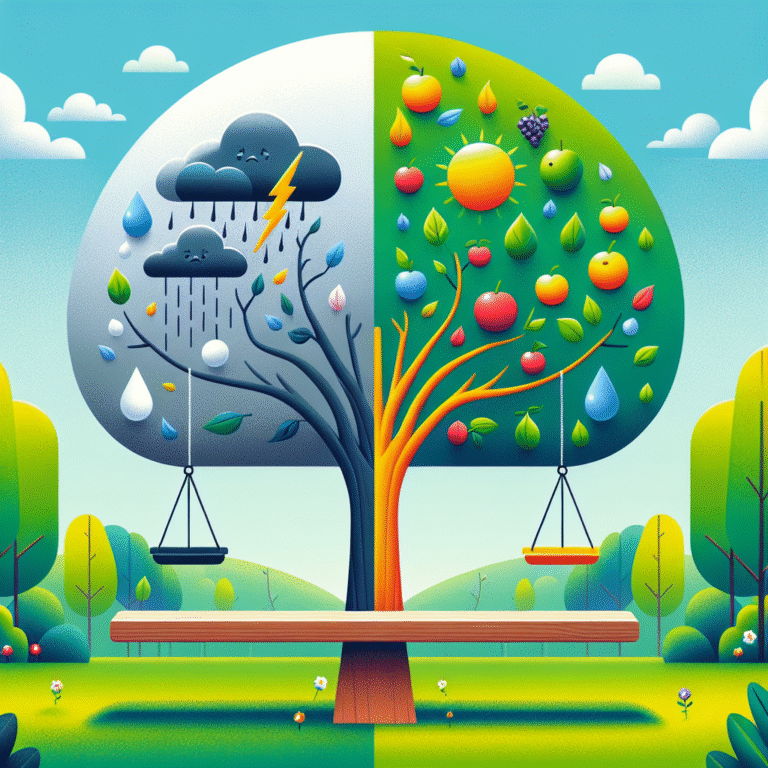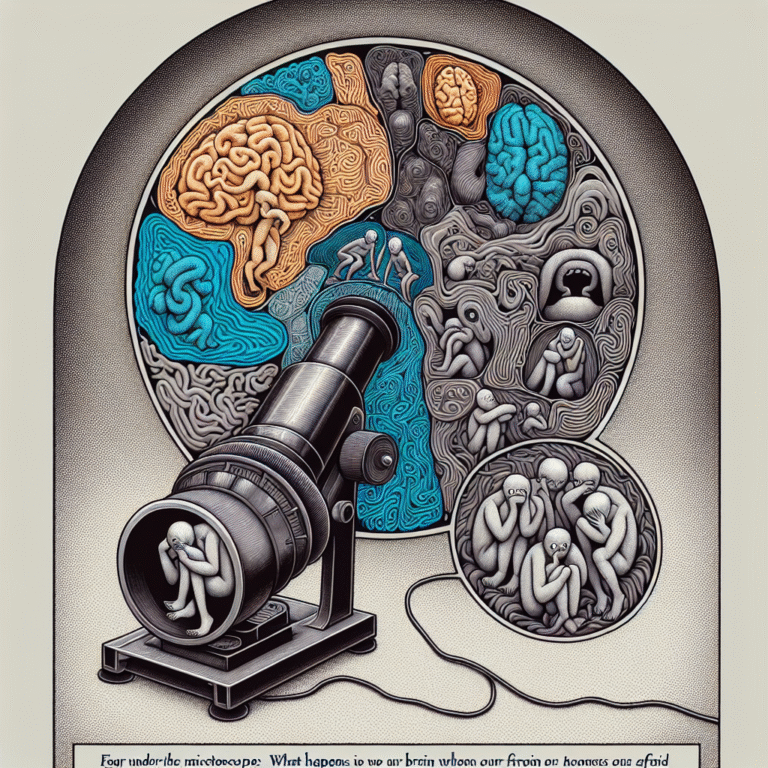
The Loneliness Epidemic: Understanding and Managing Your Feelings for a Happier Life
Introduction
In an era of unparalleled connectivity through technology and social media, one would think that feelings of loneliness would diminish. However, the contrary has emerged: the loneliness epidemic is gripping individuals across the globe. From bustling cities to quiet towns, people are experiencing profound isolation, a disconnection that impacts mental health, well-being, and overall life satisfaction. The Loneliness Epidemic: Understanding and Managing Your Feelings is not just a mere phrase; it represents a critical issue that requires immediate attention and actionable insights.
As we delve deeper into the nature of loneliness, its causes, and effective management strategies, it’s essential to recognize that addressing loneliness is not just about social interaction—it’s about fostering a more profound connection with ourselves and others. This article aims to unravel the layers of the loneliness epidemic while providing you with the tools to navigate these feelings effectively.
The Scope of the Loneliness Epidemic
Defining Loneliness
Loneliness is often misinterpreted as a result of being alone; however, it is much deeper. It involves a perceived deficiency in social connections. In fact, studies indicate that the size of one’s social network does not always correlate with feelings of belonging or companionship. According to a 2020 study by Cigna, nearly 61% of Americans reported feeling lonely. This epidemic transcends age, culture, and geography, making it a universal problem.
The Statistics
| Statistic | Percentage |
|---|---|
| Americans feeling lonely | 61% |
| Increased loneliness during the pandemic | 70% |
| Loneliness in college students | 30% |
| Older adults experiencing depression | 25% |
The statistics reveal a disturbing trend, showing that the issue is rising, particularly in the wake of global crises, including the COVID-19 pandemic.
The Causes of Loneliness
Social Media: A Double-Edged Sword
While social media platforms provide avenues for connection, they often exacerbate feelings of loneliness. People perceive others’ highlights and achievements, which can lead to comparison and feelings of inadequacy. For instance, a study published in the journal Computers in Human Behavior found that increased social media usage correlates with higher levels of loneliness.
Case Study: The Impact of Social Media on College Students
A research project conducted at the University of Pennsylvania examined the effects of social media on students’ feelings of isolation. By limiting social media usage to 30 minutes per day, participants reported significant improvements in their well-being over three weeks. The case highlights that while social media can connect us, it can also isolate us, demonstrating the need for mindful consumption.
Changing Family Structures
As family dynamics evolve, more individuals are living alone or with fewer family members. This shift can lead to a profound sense of disconnection, particularly among older adults. Studies show that seniors living alone are at a higher risk of loneliness and associated health issues.
Understanding the Emotional Impact
Loneliness can manifest in various emotional states:
- Sadness: A common aftermath of feeling disconnected.
- Anxiety: Worrying about one’s social standing or the ability to connect.
- Despair: A feeling of hopelessness that can lead to further withdrawal.
The Physical Consequences of Loneliness
Recent studies have shown that loneliness can affect physical health. It has been linked to an increased risk of cardiovascular disease, weakened immune responses, and even premature death. In essence, the loneliness epidemic can have devastating effects far beyond emotional states.
Managing Loneliness: Practical Strategies
Understanding Yourself
The first step in managing loneliness is self-reflection. Recognizing the feelings of loneliness and understanding their roots can guide you toward effective coping strategies. Journaling about your thoughts and emotions can provide clarity.
Building Connections
Foster Existing Relationships
Reaching out to old friends or family can rekindle valuable connections. A simple phone call or texting initiative might be all it takes to ignite a long-lost relationship.
Volunteering: A Gateway to Connection
Engaging in volunteer work can facilitate new friendships while enriching your life with purpose. Not only does it create a sense of community, but it also provides mutual support among those who share similar values.
Case Study: The Joy of Volunteering
A case study in the Journal of Happiness Studies followed individuals who volunteered regularly for a year. They reported significant decreases in feelings of loneliness and increases in life satisfaction. This highlights how altruistic actions can foster connections and counteract isolation.
Embracing Technology Mindfully
Use social media as a tool for connection rather than comparison. Set boundaries on usage and engage actively with online communities that share your interests.
Mindfulness and Meditation
Practicing mindfulness and meditation can significantly reduce feelings of loneliness. Research has demonstrated that these techniques enhance self-awareness and promote emotional regulation, helping individuals connect with their inner selves.
Seeking Professional Help
If feelings of loneliness persist, consider seeking professional guidance. Therapists can offer strategies and coping mechanisms tailored to your unique situation.
Conclusion
The loneliness epidemic, encapsulated in the phrase The Loneliness Epidemic: Understanding and Managing Your Feelings, underscores a pressing need for awareness and action. While the feelings of isolation can seem insurmountable at times, they can be effectively managed by employing conscious strategies aimed at fostering connections and nurturing relationships.
Take the time to understand your feelings, reach out, and cultivate connections, both with yourself and others. By taking these proactive steps, you can battle loneliness and embrace a life filled with connection and joy.
FAQs
1. What are the signs of loneliness?
Signs of loneliness can vary from person to person but often include sadness, feelings of emptiness, social withdrawal, irritability, and increased anxiety.
2. How can I find support groups for loneliness?
Many community centers, religious organizations, or health facilities offer support groups. Online platforms also host virtual support groups where you can share your experiences.
3. Is loneliness the same as being alone?
Not necessarily. Loneliness is an emotional experience of feeling disconnected, while being alone is a physical state that can be enjoyable and welcomed.
4. Can pets help reduce loneliness?
Yes! Having a pet can significantly reduce feelings of loneliness, providing companionship and a sense of responsibility, which fosters routine and social interaction.
5. What should I do if my feelings of loneliness become overwhelming?
If feelings of loneliness persist and become overwhelming, consider speaking with a mental health professional who can provide support and resources tailored to your situation.
In summary, acknowledging and addressing The Loneliness Epidemic: Understanding and Managing Your Feelings is essential for a fulfilling life. By fostering connections, reflecting on your feelings, and engaging in meaningful activities, you can navigate through loneliness and emerge stronger on the other side.
















